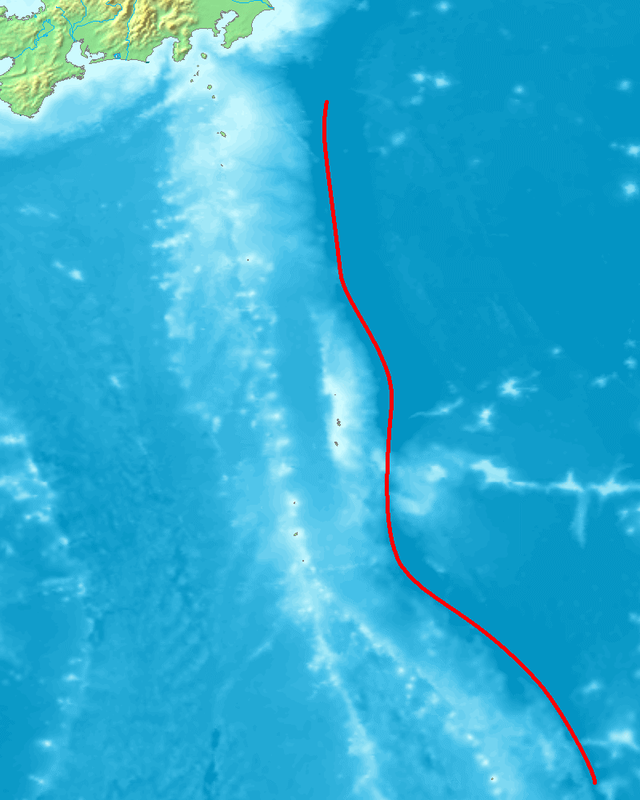Scientists Capture Footage of Deepest-Ever Swimming Fish – Over 8,000 Meters Below Water!
Scientists conducting research off the coast of Japan have captured footage of what they believe to be the deepest-swimming fish on record. A type of snailfish, the translucent, gelatinous sea creature was found 8,336 meters below the water’s surface – that’s approximately five miles below sea level!

The unidentified species of snailfish was located by a team of researchers from the Minderoo-University of Western Australia Deep Sea Research Centre and the Tokyo University of Marine Science and Technology in August 2022. They were exploring the Izu-Ogasawara Trench with crewed and unmanned underwater vehicles.
To capture the elusive image, the team, led by Alan Jamieson, used an un-crewed vehicle to lay dead fish along the trench floor. This attracted crustaceans, which, in turn, attracted the snailfish. At 8,336 meters below the ocean’s surface, this was a record-breaking discovery.
Just a few days later, the team captured footage of two other snailfish in the Izu-Ogasawara Trench, albeit at just 8,022 meters down. These were subsequently identified as belonging to the Pseudoliparis belyaevi species.
🌊 Scientists from #UWA and Japan have set a new record for the deepest fish ever filmed and caught! 🐟 They discovered a snailfish at a depth of 8,336m in the Izu-Ogasawara Trench and caught two more from 8,022m during a two-month expedition. @minderoo https://t.co/RjJ7CxD97d pic.twitter.com/kRdYJsI3yU
— UWA (@uwanews) April 3, 2023
There are over 400 known species of snailfish across the world, ranging from the Arctic to the Antarctic. They’re capable of living in both shallow water and deep-sea environments – locations other sea creatures and predators otherwise can’t reside.
Speaking with Scientific American, Jamieson shared that the Izu-Ogasawara Trench’s relatively warm temperatures have afforded the snailfish an environment in which it can survive and thrive.
In a separate interview with The Guardian, he added that the sea creatures are able to live in such harsh environments because they don’t have swim bladders, nor scales. Instead, they have what Jamieson calls a “physiologically inexpensive adaptation” – a gelatinous layer.

The deep-sea exploration was part of a study into the world’s deepest-living fish populations. In a press release, Jamieson shared, “The Japanese trenches were incredible places to explore; they are so rich in life, even all the way at the bottom. We have spent over 15 years researching these deep snailfish; there is so much more to them than simply the depth, but the maximum depth they can survive is truly astonishing.”
More from us: Seven Animals That Would Have Gone Extinct If It Hadn’t Been for Zoos
While the team would like to keep exploring the ocean floor, they are currently limited by the financial commitment of doing so. It costs $200,000 to prepare and launch each landing vehicle.





